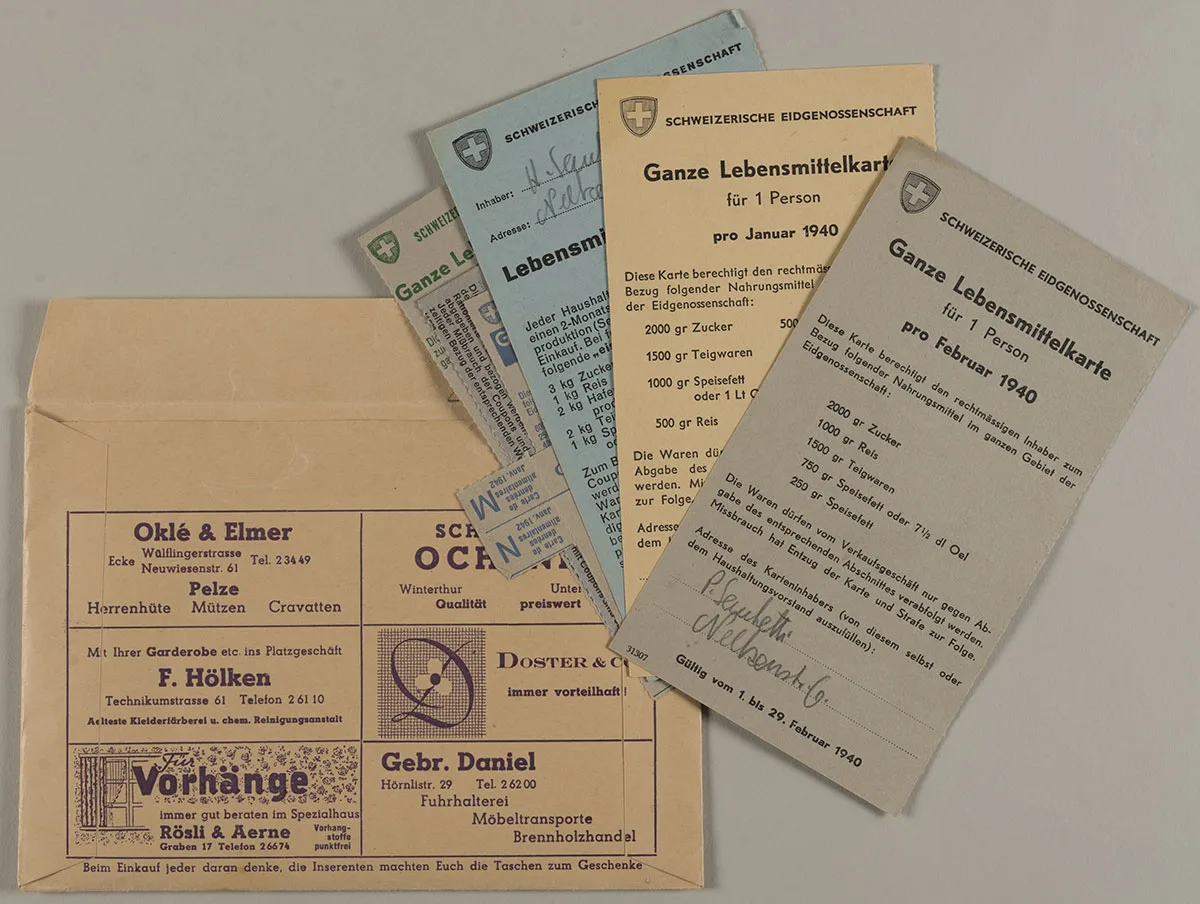
Food rationing in Switzerland
During World War II, you needed coupons to buy milk, coffee and sugar. A story from the non-digital world…





During World War II, you needed coupons to buy milk, coffee and sugar. A story from the non-digital world…



